
Carabao Philippines Colonial Salakot hat
Spanish Colonial-Style Carabao Horn & Silver Hat (Salakat)
Luzon, Philippines
19th century
length: 31.2cm; height: 15cm, width: 21cm
This hat, made from thin, translucent slithers of carabao (water buffalo) horn pieced together by wire and with a repoussed silver finial, dates to nineteenth century Luzon, the largest and most important island of the Philippines and home to the capital Manila. Its shape is based on a European colonial helmet or pith hat and dates to the Spanish colonial period. The Tagalog ethnic group of southern Luzon wore similarly-shaped hats made of woven straw. Possibly these too were based on the pith helmet.
Public functionaries in the Spanish colonial administration – the gobernadorcillos (the municipal judges or mayors) and cabezas de barangay (equivalent to the head of a village or district ward in the Spanish colonial system) occasionally would wear such hats at ceremonial events. Certainly, they were worn by members of the landed gentry class – the illustrado. The hats, being made of silver and horn instead of the usual straw, were meant to symbolise the power of the wearers.
Published examples of hats constructed from carabao slithers (see Henkel, 2009, and Villegas, 1983) tend to be in the shape of the indigenous salakot hat, which is round and shallow, making this example particularly unusual and perhaps more visually interesting.
The Spanish period began when Portuguese explorer Ferdinand Magellan arrived in the Philippines and claimed the islands for Spain in 1521.
Colonisation began when Spanish explorer Miguel López de Legazpi arrived from Mexico in 1565 and formed the first European settlements in Cebu. Manila was established as the capital of the Spanish East Indies in 1571.
Spanish rule contributed greatly to bringing political unity to the archipelago. The Philippines was governed as a territory of New Spain (Mexico) between 1565 and 1821, and was administered directly from Madrid after the Mexican War of Independence thereafter.
Galleons travelled between South America and the Philippines between the sixteenth and nineteenth centuries and the so-called galleon-trade introduced foods such as corn, tomatoes, potatoes, chili peppers, and pineapples to the Philippines.
Catholicism also was introduced as was Spanish colonial administration systems.
The Spanish-American War began in Cuba in 1898 and this reached the Philippines. The Philippines declared independence from Spain on June 12, 1898 and the First Philippine Republic was established the following year. Meanwhile, the islands were ceded by Spain to the United States for US$20 million dollars in that same year and despite local protestations, the US assumed control over the Philippines.
This hat provides excellent testimony to mestizo art forms brought about by European colonisation in Asia. It is a curious, now quite rare and beautiful item.
Provenance: US art market.
References
Henkel, D. et al, Land of the Morning: The Philippines and its People, Asian Civilisations Museum, 2009.
Villegas, R., Kayamanan: The Philippine Jewellery Tradition, Central Bank of the Philippines, 1983.
Inventory no.: 1067
SOLD

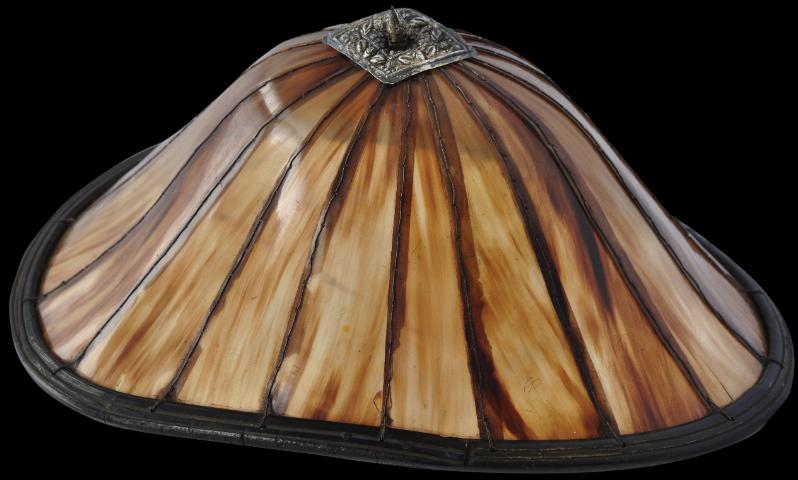
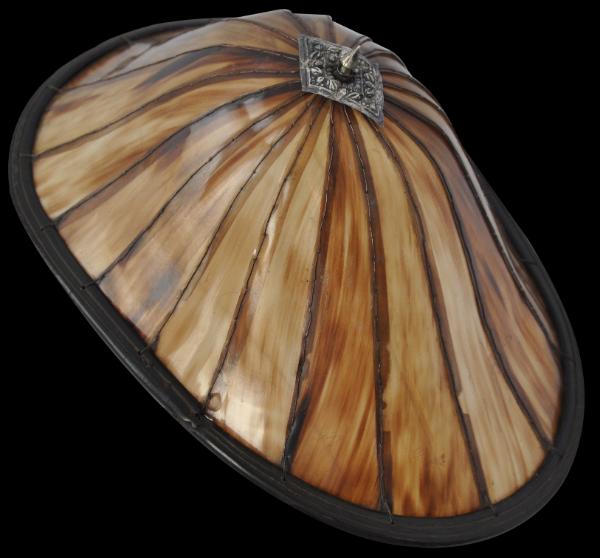
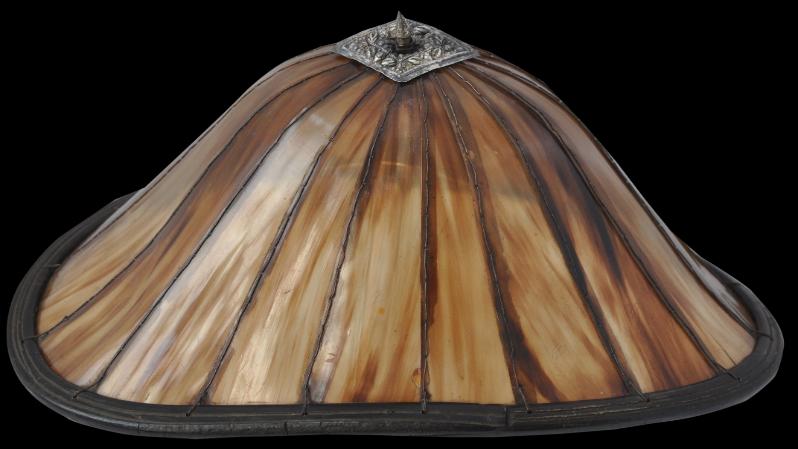
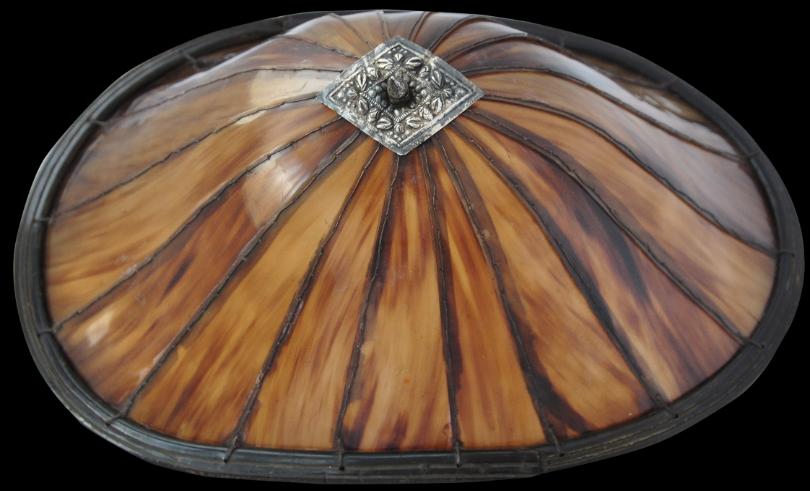
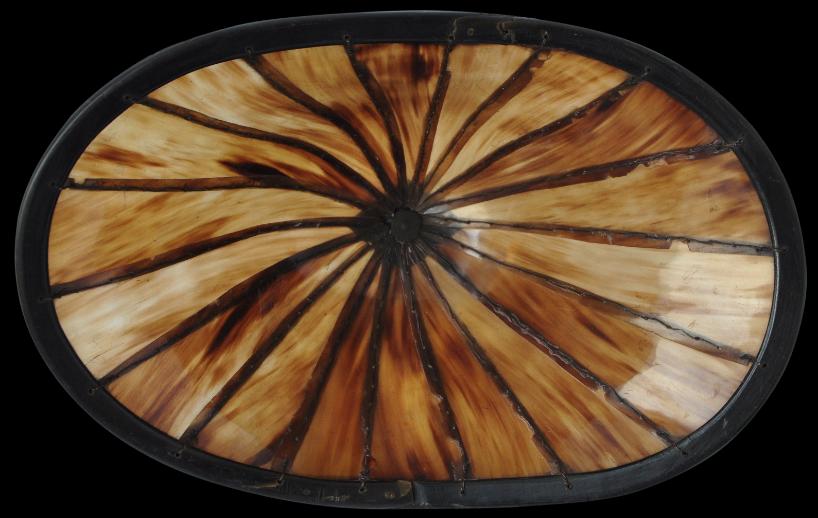
The underside.

Click on the video to get a better idea of the relative size of this item.

